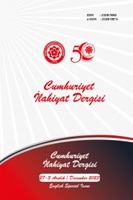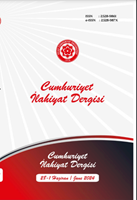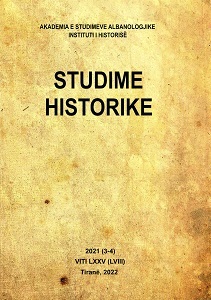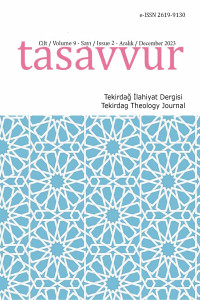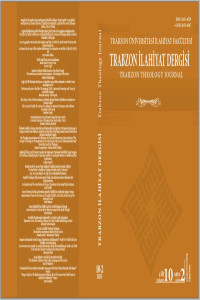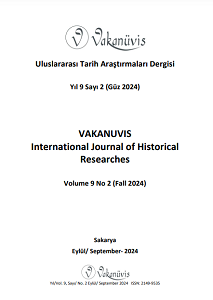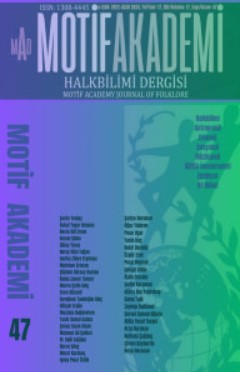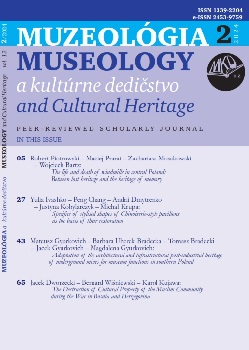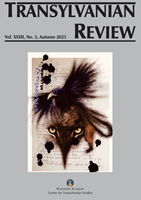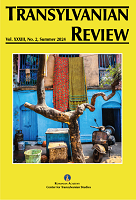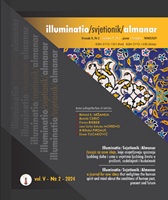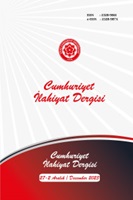
Marifetullah’ın Vücûbiyetine İlişkin Yaklaşımlara İnsanın Psikolojik, Genetik ve Nörobiyolojik Doğası Bağlamında Bir Çözümleme
Discussions on the concept of Marifatullah as the foundation of belief hold a significant place in theology. There are different opinions among schools of theology regarding whether those who do not receive divine messages must know God. The majority of scholars belonging to the Mu'tazila and Māturīdī schools, including Imam Māturīdī, state that human beings must know God. Although al-Ashʿarī accepts that the most prominent obligatory duties are the methods of reasoning that lead to marifatullah, he states that responsibility in this matter is formed by transmission. However, we can say that whether the human mind is sufficient to reach the knowledge of God, the method of reasoning has reached a different dimension today from the sciences of psychology, genetics, and neurobiology. This study explored whether individuals can achieve marifatullah from a holistic perspective. Whether human beings can be held responsible for this issue has been evaluated through the sciences of psychology, genetics, and neurobiology, and the opinions of schools of theology on this issue have been criticized. When we think in terms of Marifatullah, we can say that man’s psychological sense of obligation to adapt to society leaves him intellectually under the influence of society. In terms of genetic determinism, human personality, behavior, and intellectual adventure are completely determined by genes. Therefore, it is impossible for men to reach marifatullah in the context of their mental abilities. From an epigenetic perspective, we see that human thought structure, behavior, and personality are formed as a result of interactions with the environment. Serious hesitation arises in this idea in terms of intellect being a source of responsibility. Humans are genetically influenced by the environment and society, and they have a suitable nature for this, revealing that their genetic structure is open to environmental influences. In terms of brain plasticity, factors such as the society, environment, and family in which people live can change their brains and enable them to live accordingly. Although life adventures appear to be within the framework of social harmony, there must also be intellectual and religious harmony within social harmony. This reinforces the idea that individuals tend to align more with the thoughts and beliefs instilled by culture given the adaptable nature of the human brain influenced by cultural factors. When the views of the schools of theology are considered considering these evaluations, it becomes clear that the Mu'tazilites and Māturīdīs' belief that the source of the wujūb of marifatullah is intellect is at a point that needs to be reconsidered in terms of human biology and psychology. Although the Asharites emphasize human beings attaining knowledge of God through intellect, their focus on prophethood indicates that a revelation offer appears more accurate concerning human nature in the context of Marifatullah.
More...
